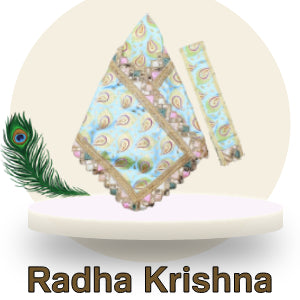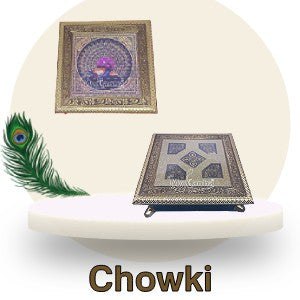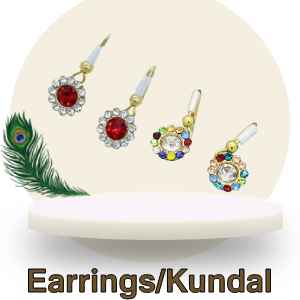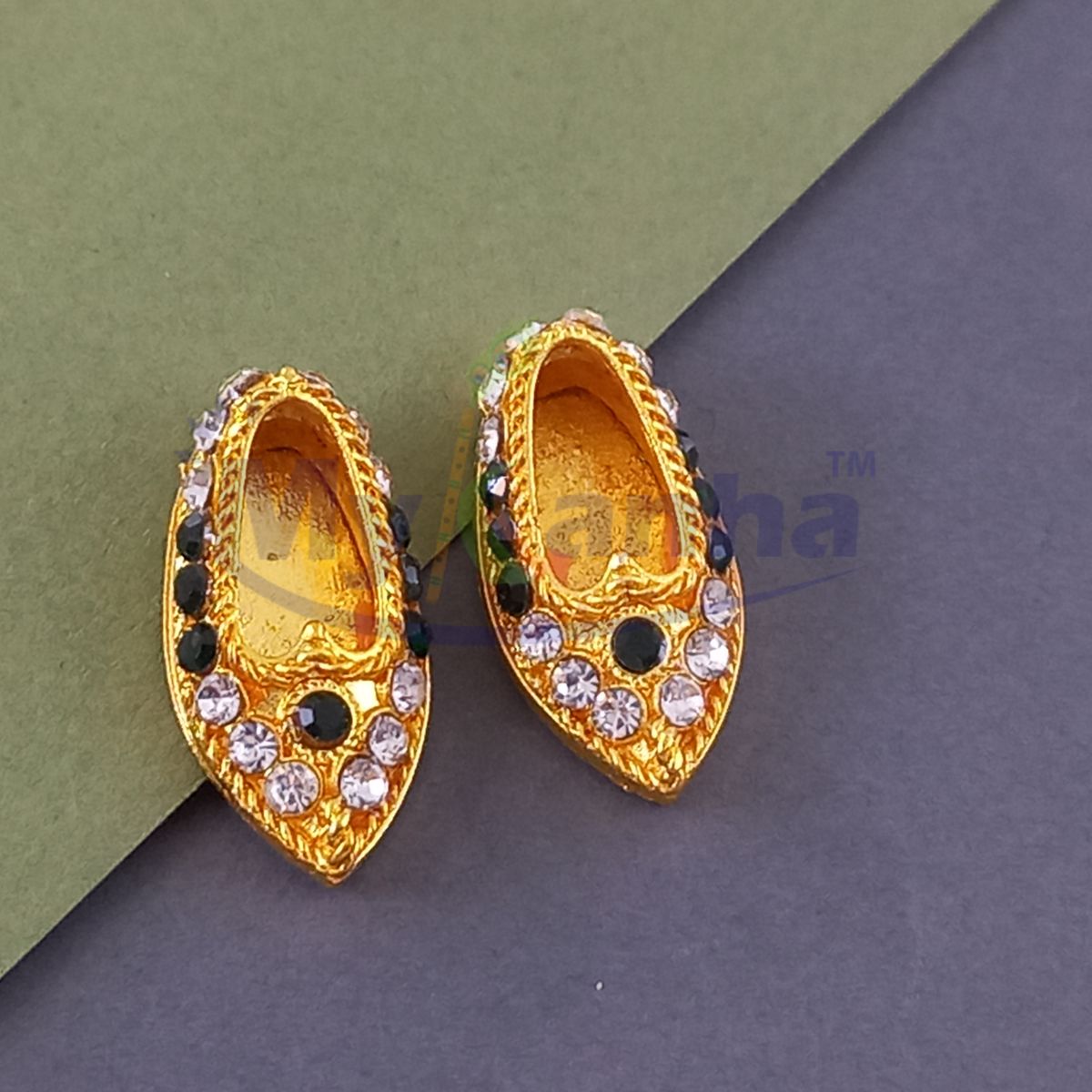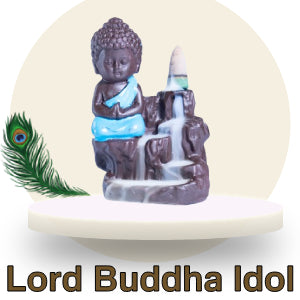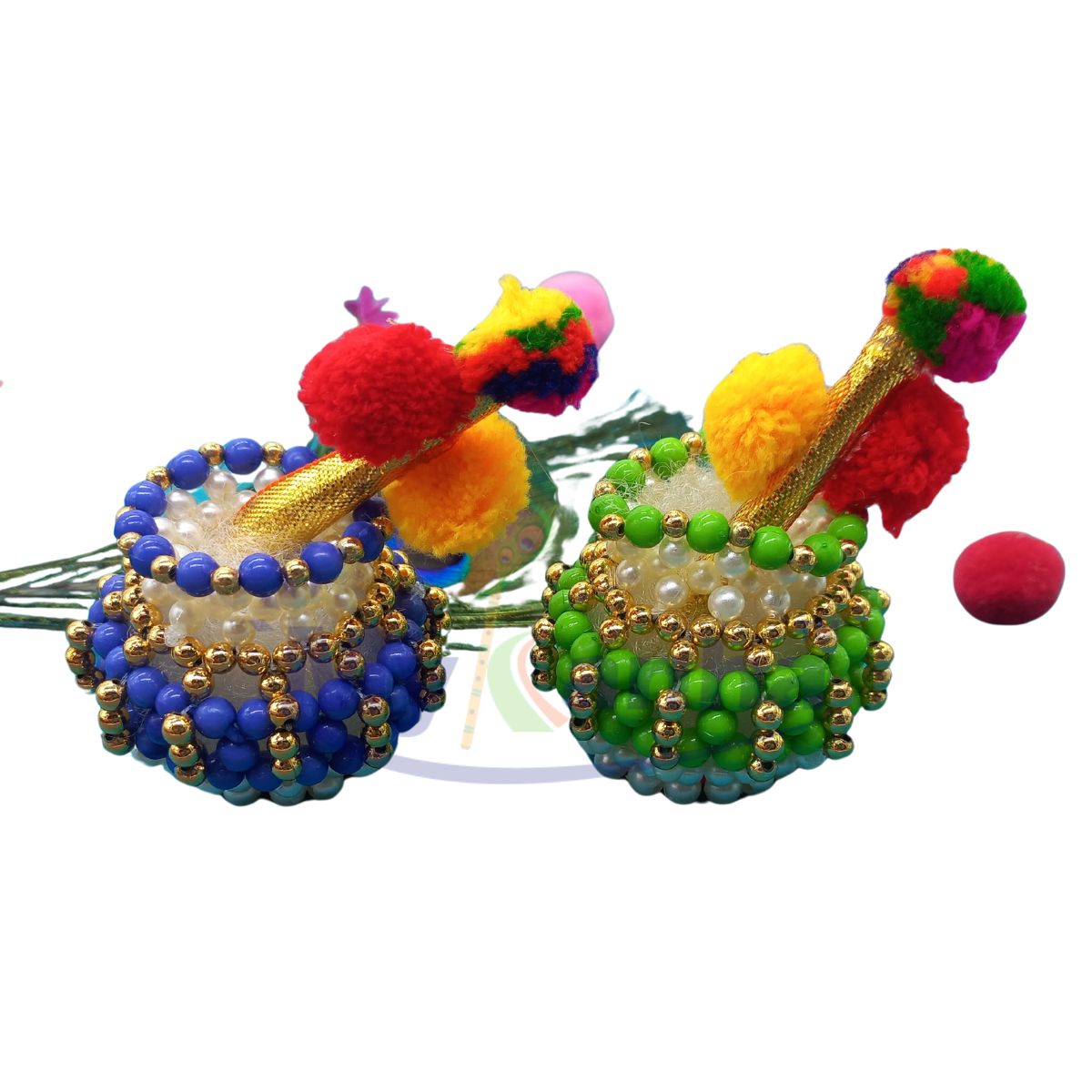Navdurga which literally means nine forms of Goddess Durga, include according to the Hindu mythology, the manifestation of Goddess Durga, the mother goddess, in nine different forms. These Nine forms of Maa Durga are worshipped during the Navratri (nine divine nights) festival, which occurs twice a year. Each form of Maa Durga is known by a specific name and has a different significance.
The importance of all the nine forms of Maa Durga is briefly explained in the Durga Kawach which is chanted by the devotees of Goddess Durga and which protects them from all evils and ill-health.
The Nine divine days of Navratri are dedicated to the Navdurga (Nine forms of Goddess Durga), each day for each of the Nine Goddesses.
Read more about the nine forms.
1- Shailputri: The first name by which the Goddess Durga is known as is Shailapurti. She rides a bull called Nandi, holding a Trishul in one hand and Lotus in the other. Shaila means mountain or peak and Shailaputri was reborn as Goddess Parvati, who was the daughter of Himalaya, thus she came to be known as Shailaputri.
2- Brahmacharini: The second manifestation of Goddess Durga is known as Brahmacharini who is depcted walking barefoot with Mala in one hand and kanmandalu in the other. This form of Maa Durga is worshipped as Maa Parvati, the consort of Lord Shiva. She devoted her life in mediation like Lord Shiva. She is worshipped on the 2nd day of Navratri for her knowledge and determination.
3- Chandraghanta: Goddess Chandraghanta is worshipped on the 3rd day of Navratri and she mounts on the tigress. She also bears a half moon on her forehead and hence came to be known as Chandraghanta. The goddess is depicted with 10 hands, her hands carry a Trishul, Sword, Gada, Kamandalu and the fifth hand is in Varadamudra. A Lotus flower, arrow, Dhanush, Mala is depicted in the other four hands and keeps the fifth hand in Abhaya Mudra. This form of Goddess Durga is all powerful with her weapons and works for the welfare of her devotees.
4- Kushmanda: Worshipped on the 4th day of Navratri, Goddess Kushmanda has eight hands and she is seen holding a kamandalu, Dhanush, Bada and Lotus in her right hand. Her left hands embrace Amrit Kalash, Mala, Gada and Chakra. This form of Maa Durga bestows super natural powers and wealth to her devotees.
5- Skandamata: The fifth day celebrates Skandamata, an avatar of Goddess Parvati.The Goddess is depicted sitting on the ferocious Lion. She carries baby Skanda in her lap. She is worshipped for her wisdom and is believed to purify the hearts of her devotees.
6- Katyayani: The sixth day of Navratri is dedicated to Goddess Katyayani. Goddess Radha fasted and celebrated Goddess Katyayani for Shri Krishna. Several men and women fast and worship Goddess Katyayani for marriage. She is one who defeated the demon, Mahishasura.
7- Kaalratri: Depicted sitting on a donkey, Goddess Kaalratri has a dark complexion and carries a sword and a deadly iron hook in her hands. She is considered to be the most violent one and is revered on the seventh day of Navratri. It is believed that she is responsible for any nature related destruction because of her violent nature.
8- Mahagauri: The goddess is worshipped on the eighth day and is known as the remover of all sufferings in the lives of her devotees. This form of Goddess Parvati came into being when Lord Shiva decided to marry her. Her fair complexion is the reason why she is named as Mahagauri.
9- Siddhidaatri: The goddess sits on a Lotus and is worshipped by humans, demons andeven gods on the ninth day of Navratri.
These nine forms of Maa Durga are all powerful and omnipotent. These forms are worshipped in the various parts of country on the occasion of Navratri. People celebrate the festival in different ways but the rituals and the Goddesses worshipped remain the same.









